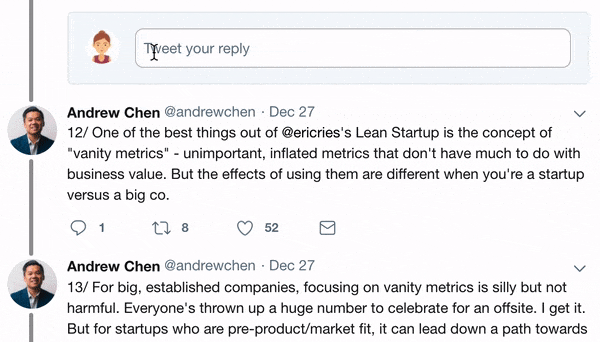
Who was the first to advocate using the geometric return in investing? Both Mark Spitznagel and I agree it was Daniel Bernoulli.
Most investors would benefit from understanding the true message from his brilliant 300 year old paper on measuring risk.
breakingthemarket.com/the-earliest-a…
Most investors would benefit from understanding the true message from his brilliant 300 year old paper on measuring risk.
breakingthemarket.com/the-earliest-a…
The thread from last December where I first approached the topic.
https://twitter.com/breakingthemark/status/1339570230662717441?s=20
• • •
Missing some Tweet in this thread? You can try to
force a refresh








